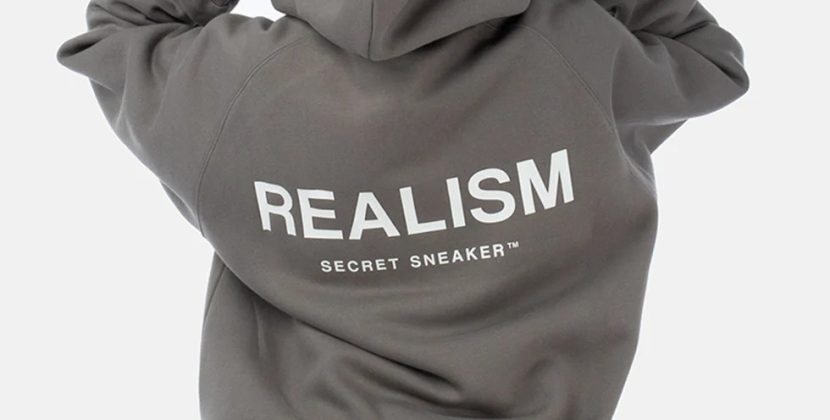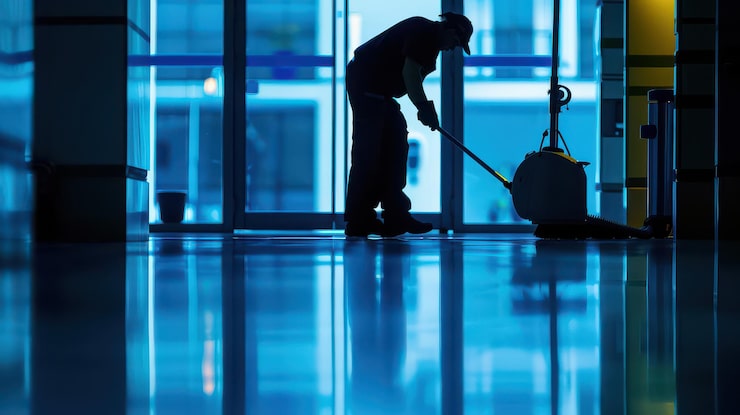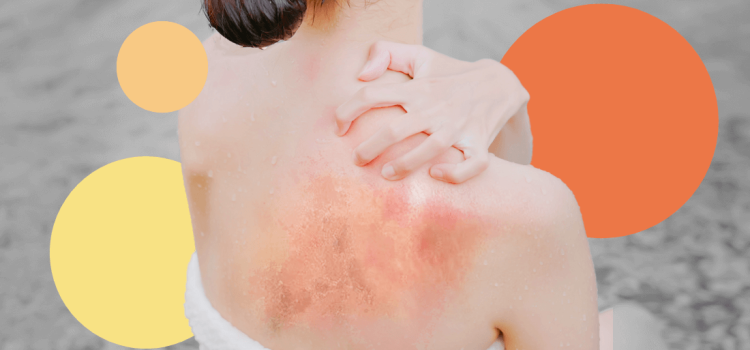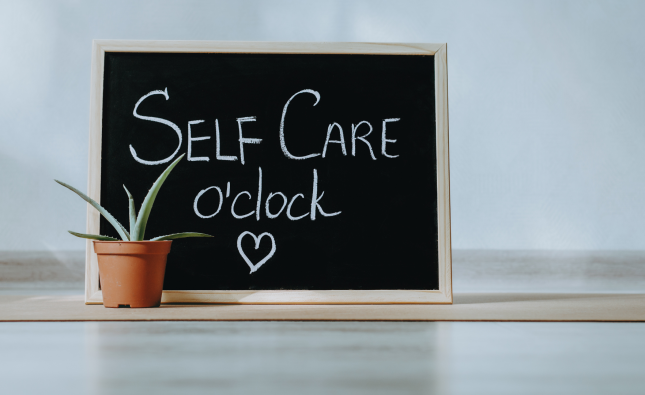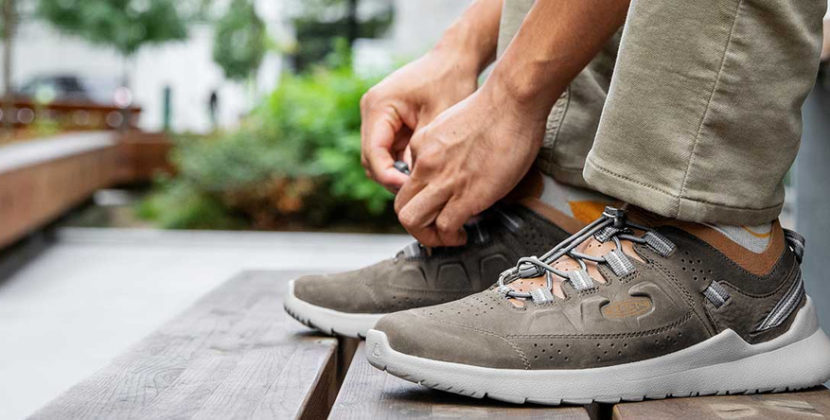
Introduction
Sunburn is more than just red, painful skin—it can cause hidden damage you might not see right away. While most people know that too much sun leads to discomfort, few realize how deep the harm goes under the surface. In fact, just one severe sunburn can raise your risk of skin issues years later. Learning this eye-opening fact can change how you think about sun safety. In this article, we’ll explain what sunburn really does to your body, why UV damage matters, and easy ways to protect yourself. Let’s dive into the surprising truth behind sunburn and skin protection.
What Exactly Is Sunburn?
Sunburn happens when too many ultraviolet (UV) rays hit your skin at once. These rays come from the sun—and from tanning beds, too. UV rays damage skin cells in two main ways:
- Direct harm to DNA: UV light twists the building blocks of your skin cells, leading to broken strands of DNA.
- Inflammation: Your body sends extra blood to the injured area, causing redness, swelling, and that hot sensation.
This process is why sunburn hurts and why it can leave lasting marks on your skin.
The Eye-Opening Fact: Lasting Cellular Damage
Here’s the surprising truth: even a single bad sunburn in childhood or young adulthood can lead to lasting changes in your skin cells. Studies show that UV exposure breaks down the repair systems in cells, so they struggle to fix new damage later on. Over time, these tiny glitches can pile up and raise your risk of:
- Premature aging: Wrinkles, age spots, and sagging skin.
- Skin cancer: Melanoma and other types, which can be life-threatening.
Most people think sunburn is only a short-term problem, but it really sets the stage for issues decades down the line. Understanding this fact helps explain why consistent sun protection is so important.
How UV Rays Penetrate Your Skin
Not all UV rays are the same. There are two main types that reach us:
- UVA rays: These penetrate deep into the skin and cause long-term damage like wrinkles. They can pass through glass, too.
- UVB rays: These reach only the top layers and cause the redness and pain you feel after sun exposure.
Both UVA and UVB rays contribute to DNA damage. That’s why full-spectrum sunscreen, which blocks both types, is key for sunburn prevention and skin protection.
Signs You’ve Had Too Much Sun
Knowing when you’ve overdone it can help you take action early. Common signs include:
- Red, warm skin: This usually appears hours after sun exposure.
- Pain and itching: The injured area can feel tender or sting.
- Blisters: In severe cases, fluid-filled bubbles form on the skin’s surface.
- Peeling: As your body sheds damaged cells, your skin may peel days later.
If you notice these signs, seek shade immediately and follow simple first-aid steps to ease discomfort.
Simple Steps for Sunburn Prevention
Protecting your skin is easier than you might think. Follow these tips for effective sunburn prevention:
- Apply broad-spectrum sunscreen: Choose SPF 30 or higher. Put it on 15 minutes before going outside and reapply every two hours—or right after swimming or sweating.
- Wear protective clothing: Long sleeves, wide-brim hats, and UV-blocking sunglasses shield your skin.
- Seek shade during peak hours: UV rays are strongest between 10 a.m. and 4 p.m. Stay under cover or use an umbrella when possible.
- Avoid tanning beds: They emit harmful UV rays that speed up skin damage.
- Use extra care near reflective surfaces: Sand, water, and snow can bounce UV rays back onto your skin, doubling exposure.
By combining these steps, you significantly reduce UV damage and lower your long-term health risks.
Treating Sunburn: Quick Relief
If you do get sunburned, taking the right steps fast can ease pain and help your skin heal:
- Cool compresses: A damp towel applied to the skin for 15 minutes can feel soothing.
- Aloe vera gel: This natural remedy reduces inflammation and speeds up recovery.
- Hydration: Drink plenty of water to replace fluids lost when your skin overheats.
- Over-the-counter pain relievers: Ibuprofen or acetaminophen can lessen pain and swelling.
- Moisturize: Use a gentle, fragrance-free lotion to prevent peeling and itching.
Avoid popping blisters or using harsh soaps on burned skin. Let your body heal naturally.
Why Early Protection Matters
Starting sun-safe habits early has huge benefits. Children who spend long hours in the sun without protection are especially at risk of lasting UV damage. By teaching young people to use sunscreen and wear protective gear, we set them up for healthier skin in the future. Remember, sunburn prevention isn’t just for beach days—it’s important year-round, even on cloudy days.
Conclusion
Sunburn is more than a temporary annoyance—it causes deep cellular damage that can last a lifetime. This eye-opening fact underscores why sunburn prevention, UV damage awareness, and skin protection are so crucial. By understanding how UVA and UVB rays harm your skin, watching for early signs of sunburn, and following simple protective steps, you can keep your skin healthy now and in years to come. Next time you head outside, remember that one severe sunburn does more than hurt today—it shapes your skin’s future. Stay smart, stay safe, and make sun protection a daily habit for lifelong skin health.

